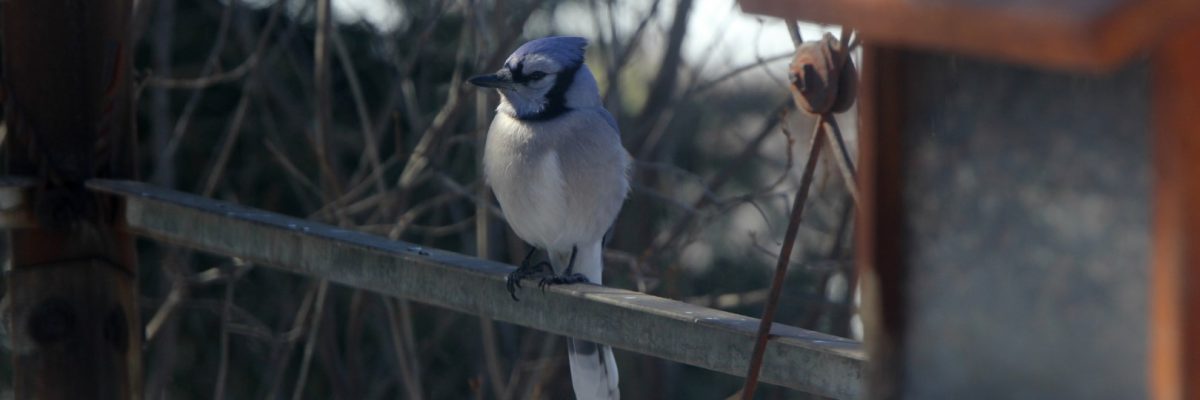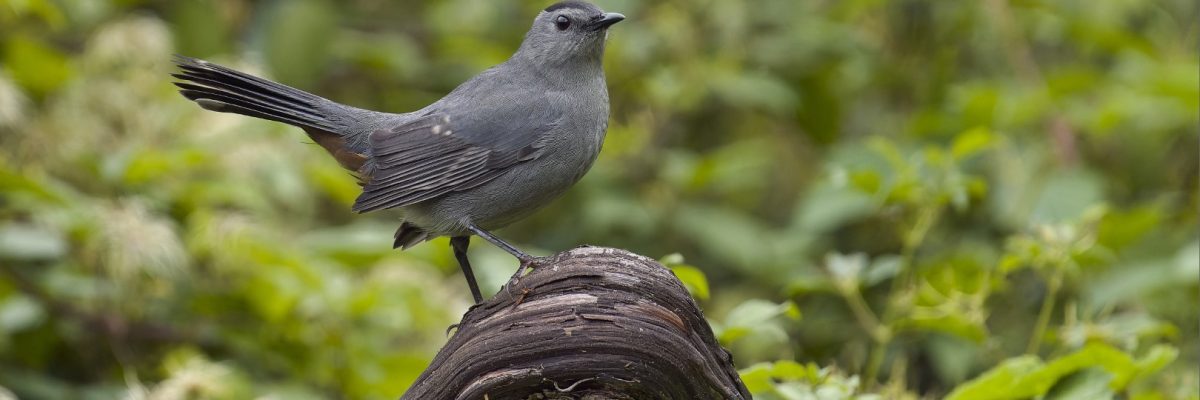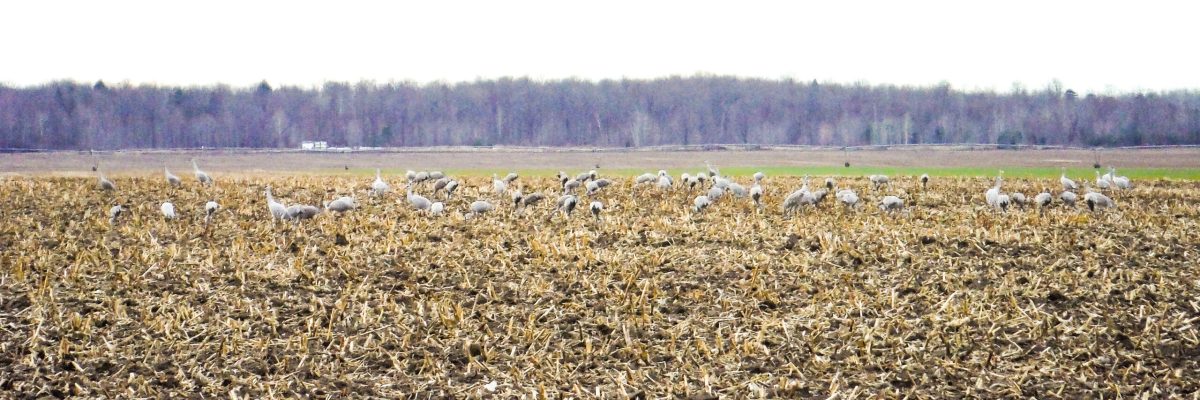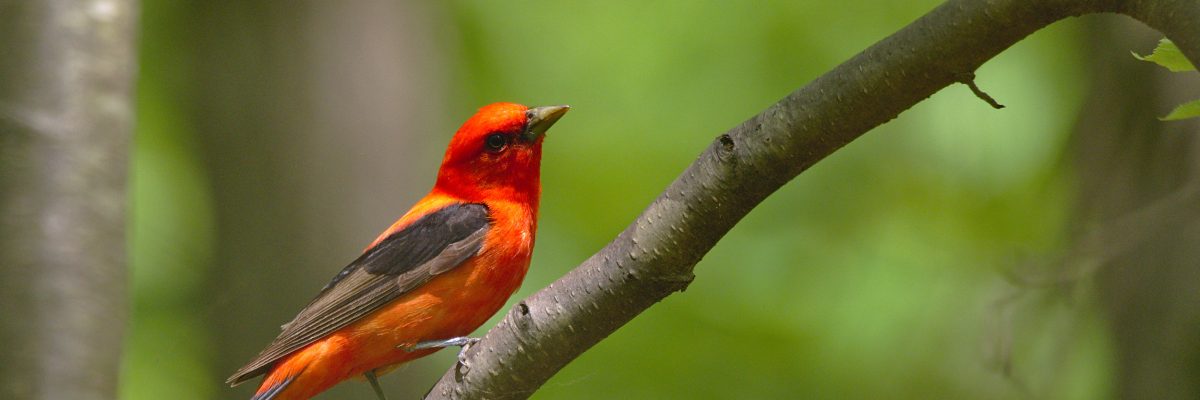Bird Watching
The great thing about bird watching is that it can really be enjoyed everywhere throughout the watershed, from backyards to city parks to remote wilderness areas. With over 5,000 hectares to explore, NVCA’s conservation areas certainly provide visitors with exceptional seasonal and year-round birding opportunities.
Bird Watching Tips
Did you know over 300 species of birds have been identified within NVCA’s watershed? With a bit of experience bird watching can be enjoyed in many different environments. Bird watching is an accessible activity that requires a pair of binoculars, a field guide or app and a bit of patience.
Beginner bird watchers are encouraged to seek open areas so the birds can actually be seen. Many birds are naturally secretive, learning the individual, unique calls of each bird species is very helpful in being able to identify what birds you might be seeing.
Each habitat supports different bird species, and recognizing the habitat you are visiting helps narrow down the species you might encounter.
Backyards

Blue Jay. Photo credit: Robert Engberg
Backyards support species such as Blue Jays, Black-capped Chickadees, Mourning Doves, American Robins, and much more. Just because these species may be considered ‘common’ this doesn’t mean that watching them isn’t enjoyable.
Shrubby habitats

Gray Catbird. Photo credit: Paul Danese
Shrubby habitats, such as roadsides or forest edges support species such as Eastern Towhees, Northern Mockingbirds, Gray Catbirds and Brown Thrashers. Many species that live in shrubby habitats are secretive, allowing only fleeting sightings. Many of these species are more easily identified by their calls in the spring.
Listen for a Gray Catbird’s ‘meow’ to identify their presence in the thick understory. Being mimics, Brown Thrashers are known to have a huge variety of calls, males may make over 1,000 unique calls. Often Brown Thrashers will repeat their calls 2-3 times, similar to the Northern Mockingbird which may repeat three or more times.
While exploring forest habitats, there are many species that flit around the high tops of trees, frequently only within view for a few moments, if at all. Wood warblers, including and Ovenbirds are frequently heard, but infrequently seen. This is where learning bird calls is important to be able to identify the species that are around.
NVCA’s properties support a wide variety of habitat types and are great for year-round birding.
Minesing Wetlands

Sandhill Cranes. Photo credit: NVCA
Minesing Wetlands Conservation Area is known as an important migratory route for waterfowl and shorebirds. Uncommon visitors occasionally land in the area, which leads to excitement during spring and fall migrations within the birding community.
The best time to visit is early spring when the wetland is flooded and thousands of waterfowl can be seen from the roadsides.
A popular viewing location is McKinnon Road, north of Angus. Please note that some of this area is private property. Roads may be seasonally flooded/closed.
Adventurous birders may want to paddle the Nottawasaga River into the centre of Minesing Wetlands. After the spring snowmelt, “Lake Willow” provides suitable habitat for a variety of waterfowl, including Bufflehead, Scaups, Gadwalls, Black and Ring-necked Ducks. Once the water recedes, visitors may be able to see flitting Tree Swallows or hear Virginia Rails and Sora in the marshes.
Friends of Minesing Wetlands provide guided spring paddles into Minesing Wetlands.
The Nottawasaga Bluffs Conservation Area provides an excellent vantage point to look down on birds flitting in the treetops below. From the lookout at the edge of the Niagara Escarpment, visitors can see kettles of Turkey Vulture spiral on local wind thermals.
Tiffin Conservation Area

Scarlet Tanager. Photo credit: Andrew Weitzel
Tiffin Conservation Area provides a wide range of habitats, including ponds, marshes and open habitats, but Tiffin is perhaps best known for its forest ‘interior’ bird species.
Forest interior species, such as Eastern Wood Pewee and Scarlet Tanager, prefer living in the center of large forest tracts, like the mature maple forests within Tiffin. These two species are easy to identify by sound, which is helpful, since they can be difficult to spot in the treetops.
The Eastern Wood Pewee says its name calling “Peeeeoweeee’ in the forest depths, while the Scarlet Tanager may sound like an American Robin with a sore throat, with a raspy ‘cheer-up; cheer-a-lee; cheer-ee-o’ along with the occasional, distinctive “chick-burr”.
Although there are a variety of books and apps that can help you learn species identification, one of the best ways to learn the local bird species is to participate in outings with local birding or naturalist groups.
Every winter, NVCA hosts the annual Christmas Bird Count for Kids. Nature Barrie hosts regular birding trips within the watershed.